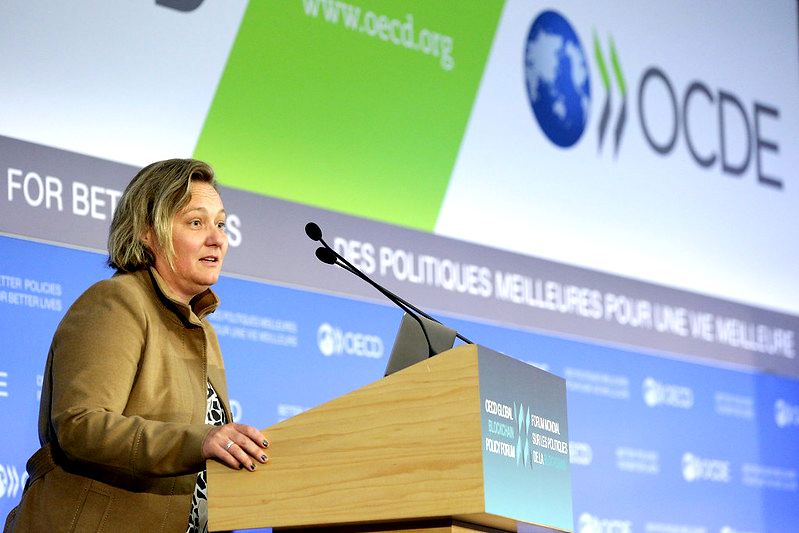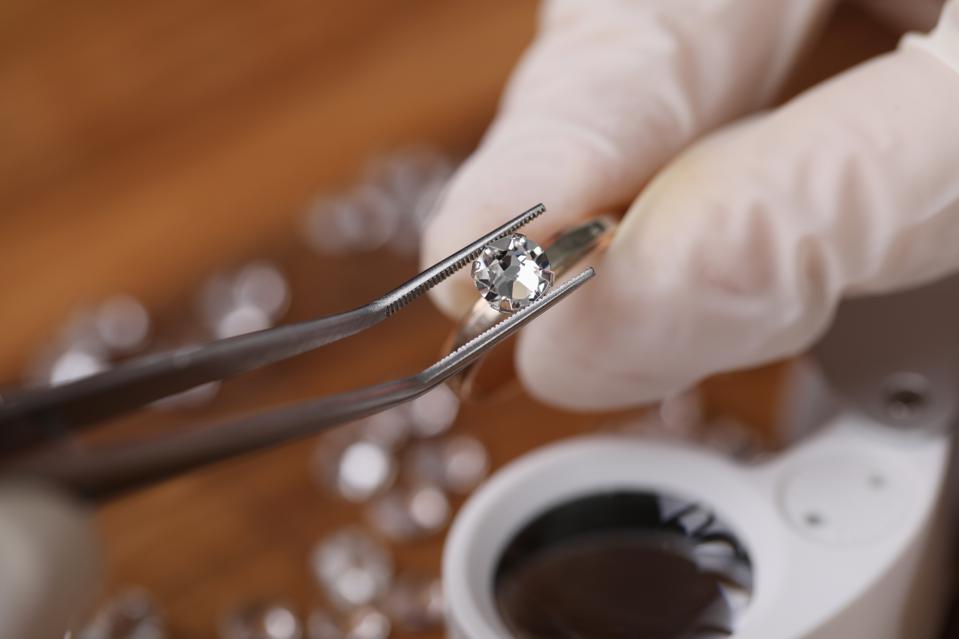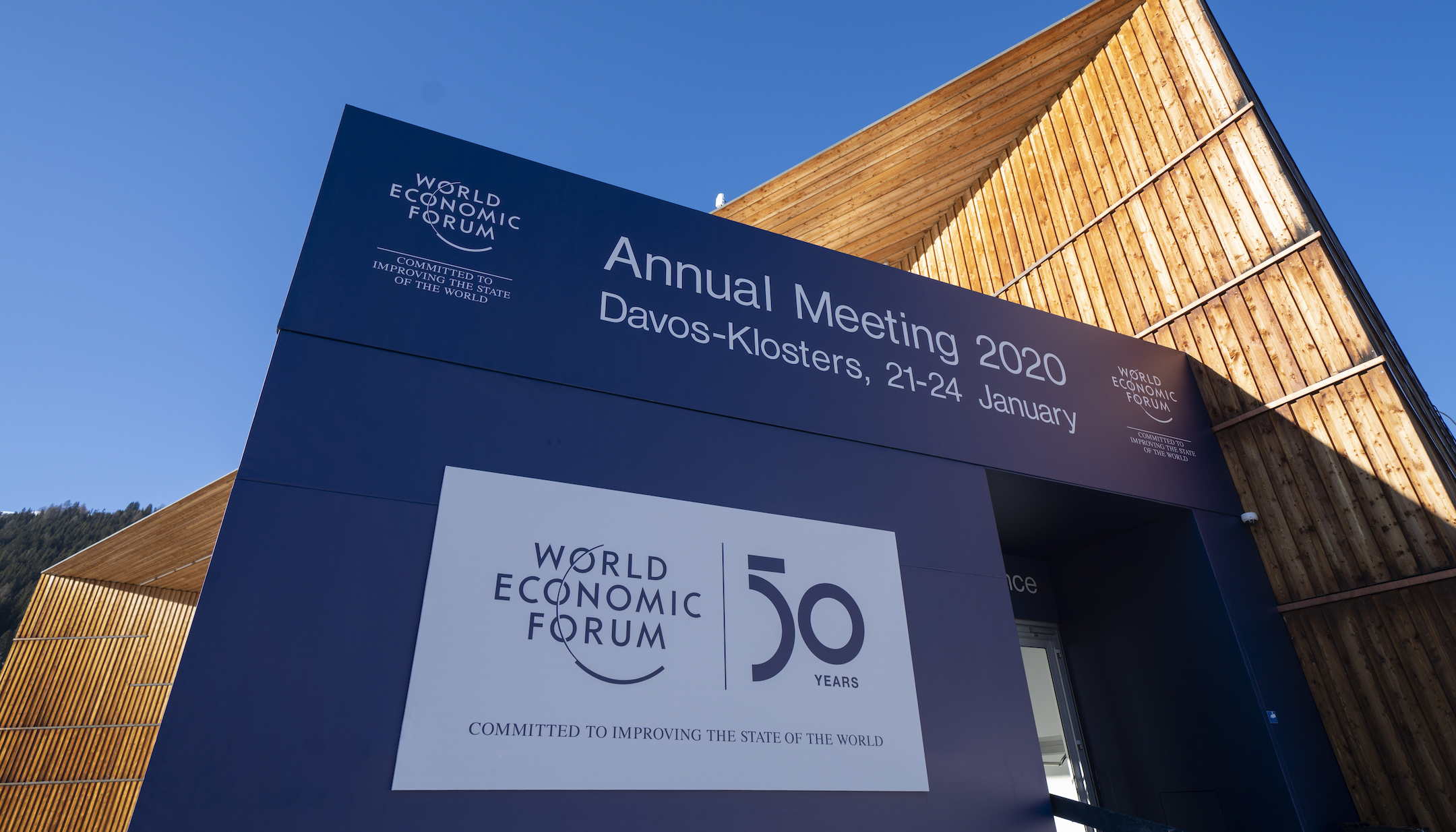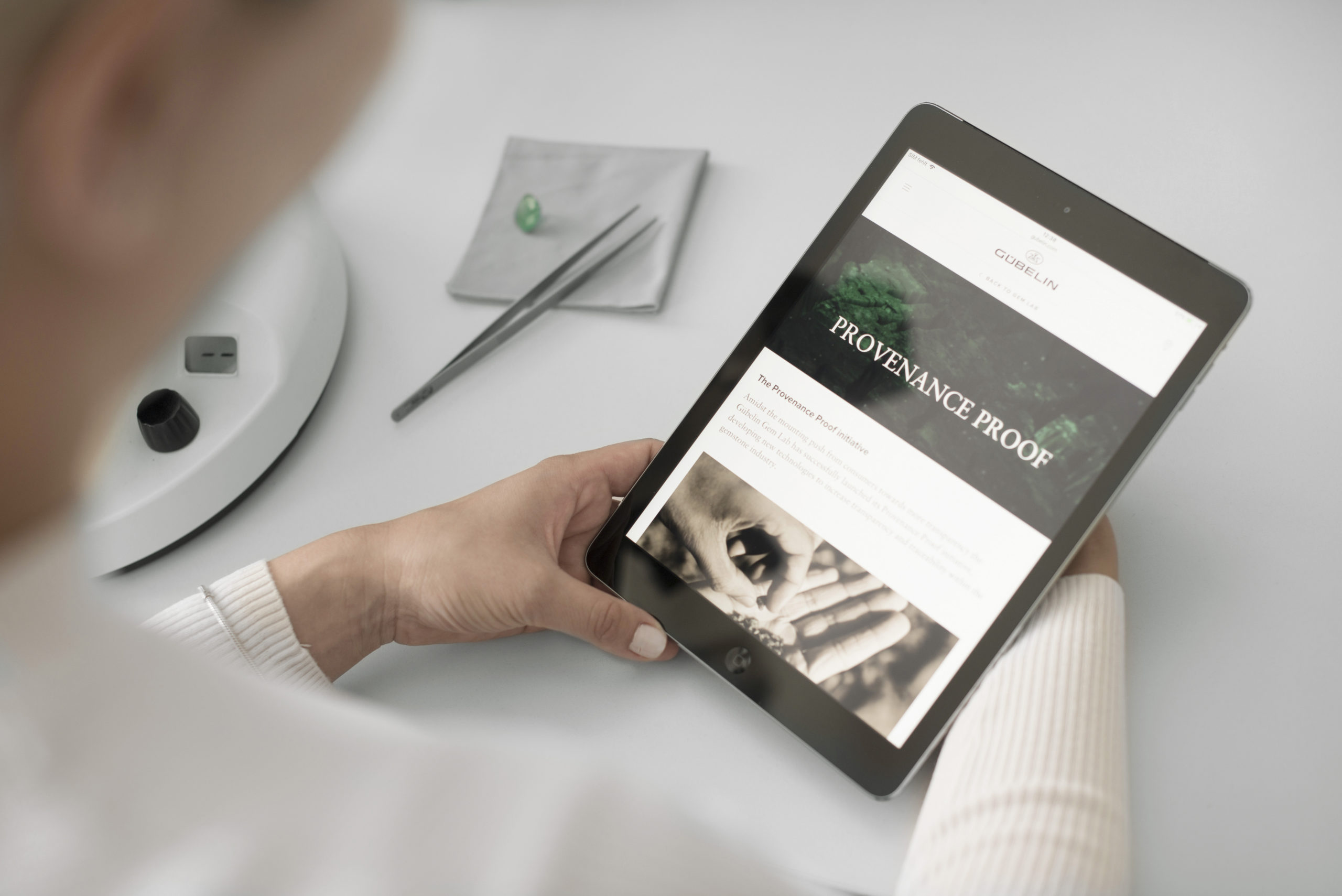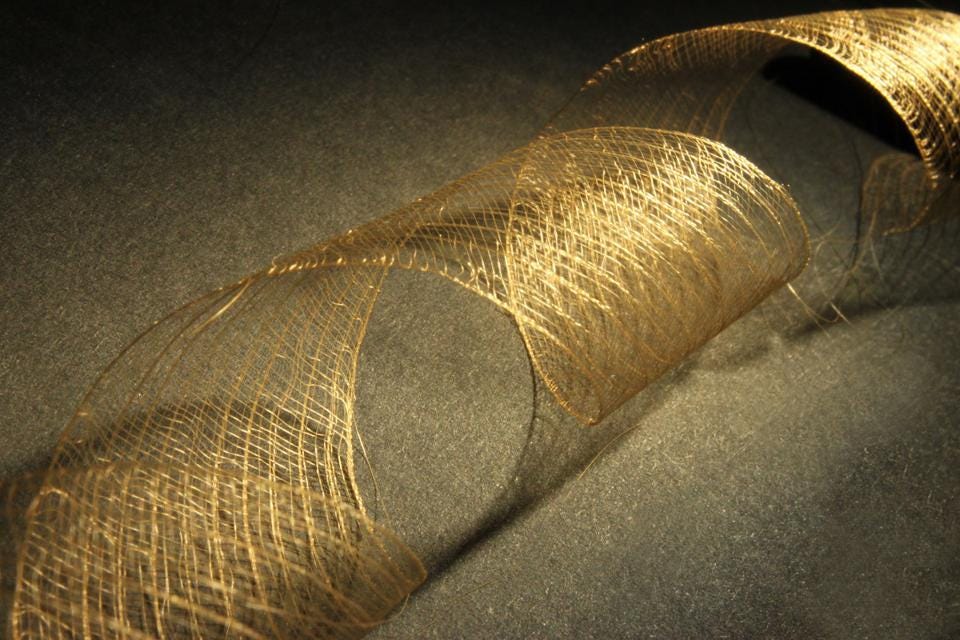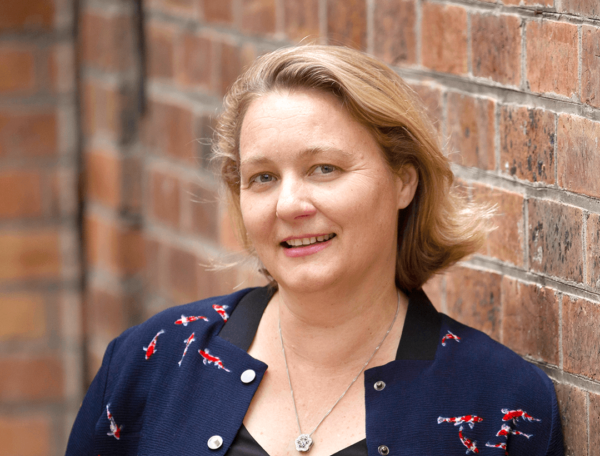24 Sep 2020
Engagement is the dynamo for co-evolution
BY LEANNE KEMP // CEO & Founder
Industry disruption relies on building bridges, rather than burning them, says Everledger CEO Leanne Kemp, as she recalls a few home truths from her upbringing in rural Queensland.
My dad was a typical, hard-working Queensland farmer, and I doubt he ever considered himself an entrepreneur. But he left me several pearls of wisdom that wouldn’t feel out of place in a founder’s self-help manual. For example, we would often say to me: “I’ve blessed you with two ears and one mouth. All I expect is that you use them in that ratio”.
In other words, if you’re prepared to listen and enter a feedback loop, and think before you speak, then good stuff will happen. That’s valuable advice for any start-up looking to disrupt their chosen industry. As entrepreneurs, we need to use all our ‘Spidey senses’ to enable a full circle of engagement, rather than shooting off from the mouth and expecting the market to fall into line.
Very few innovations will reset an industry like Uber or Airbnb. Industries that are ultra conservative in their outlook and operations may look ripe for disruption, but they are also the most guarded and risk averse, especially in regard to emerging technologies. If you march in with a show of hutzpah, then not only do you risk being ignored, but you also block out an incredible value stream in terms of experience, knowledge and resource.
The path of less resistance – and long-term success – may therefore lie in co-evolution rather than disruption. By positioning yourself as the humble servant who can help solve a challenge, with conviction for the future, then incumbents will be more willing to come with you on a journey of transformation.
Conceive the delightful.
In 2015, at the launch of Everledger, we arrived in London with a bright idea and a backpack. Our blockchain technology was embryonic: not even at toddler stage. We had identified the $80 billion diamond industry as one that would benefit most from our proposition to deliver ever more transparency. If we had made a disruptive pitch, then this 500-year-old industry might well have turned its back on us.
Say as you do, and do as you say. Be first to give and last to take. Rather than steal the hive, bring some honey to attract the bees. These are easy to dismiss as ‘bumper stickers’ or homespun moralities, but they are worth considering. It makes sense to align your own values to the values of your target industry. Trust takes a long to create, but just a few short moments to destroy, so be very careful in the moment of engagement.
Another thing my dad told me was that “the fish stinks from the head down”. If something is not genuinely part of your belief system – if that’s not who you are – then that will soon be uncovered, especially when confronted by a major challenge. It’s relatively easy to pivot this way and that, and to chase the next shiny bauble, but eventually you have to sit back in the saddle, grip with your legs and ride it out. You need to know yourself before you can hope to understand the market.
Twist the kaleidoscope
Most young entrepreneurs don’t have the benefit of experience, while many older entrepreneurs are scarred by it. That’s why self-awareness (understanding your strengths and weaknesses) can be just as important as experience. The first step is having awareness of your self-awareness. By opening the aperture a little wider to take in the peripheral view – shifting the beads inside the kaleidoscope – we can see the patterning that leads to innovation.
This means pursuing new conversations and asking different questions around lived experience. Most learning comes through osmosis. Engagement doesn’t mean dry surveys and box ticking. In my role as chief entrepreneur in Queensland, I advise founders to seek out visceral experiences through communication. Find those people who have been through parts of the journey you want to take. Speak across generations, rather than sticking to your comfort zone.
I’m always amazed by the six degrees of separation that exists in the world. Besides, even really busy people are usually happy to offer up their time, if you ask for it. You’ll be surprised just how generous founders and entrepreneurs can be. And don’t rely on just one mentor. At Everledger, we always keep an extra, empty chair in a team meeting to remind us that there’s always room round the table for more diversity.
Don’t forget that coming up with ideas is hard work! There’s a temptation to think of start-up land as brain waves on a beach, but it’s really more like an incident room, where you’re trying to catch a killer idea. There’s a crazy wall covered in faces and places and names and strings and pins and post-it notes that eventually reveal where and when and how the interruption point needs to occur.
My dad always taught me to be curious about mechanics. What makes stuff work? On our farm, the excitement wasn’t driving a tractor, but knowing how it ran and tinkering with the engine. To this day, I spend my time thinking about the mechanics of our company, our clients and the ‘moving parts’ of our team. What’s on his mind? Where does she see her place in the world in six or twelve months’ time? Constant engagement is what helps to lubricate the engine and keep the machinery of a start-up or scale-up running smoothly.
Maybe my dad was an entrepreneur, after all.

